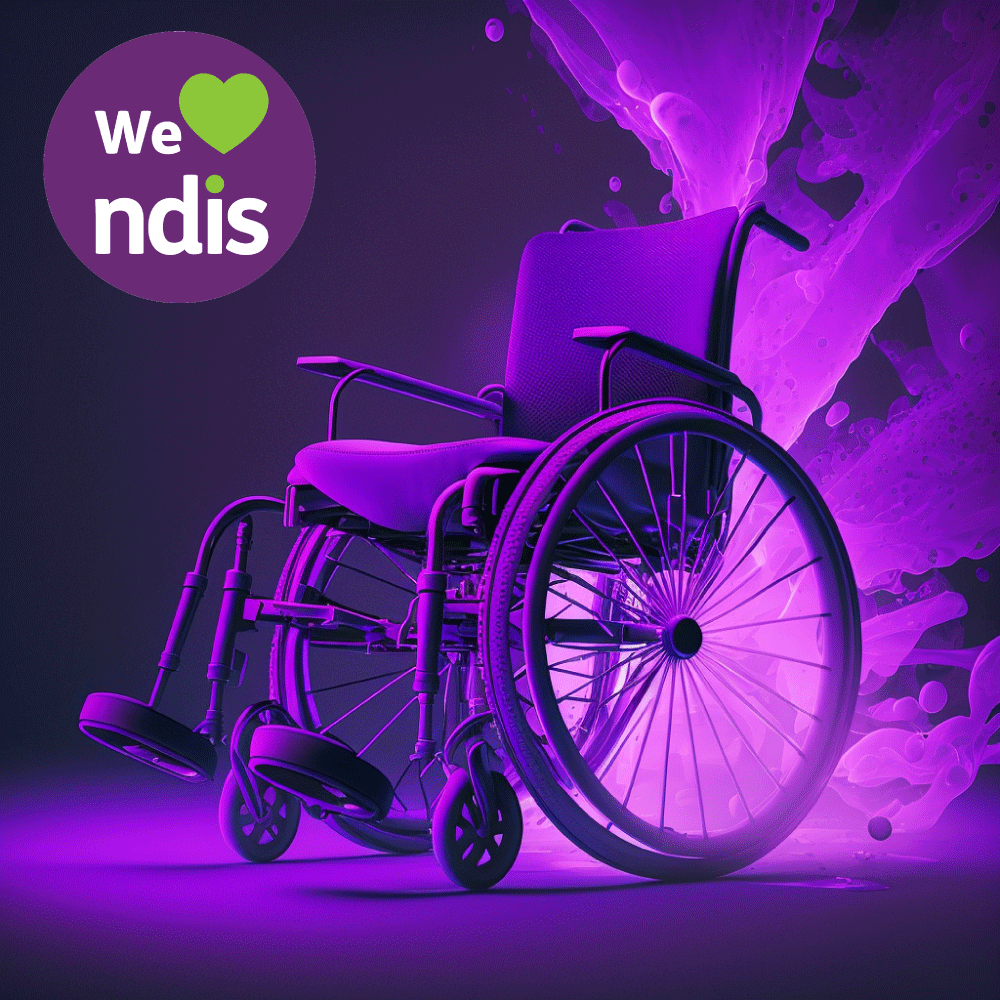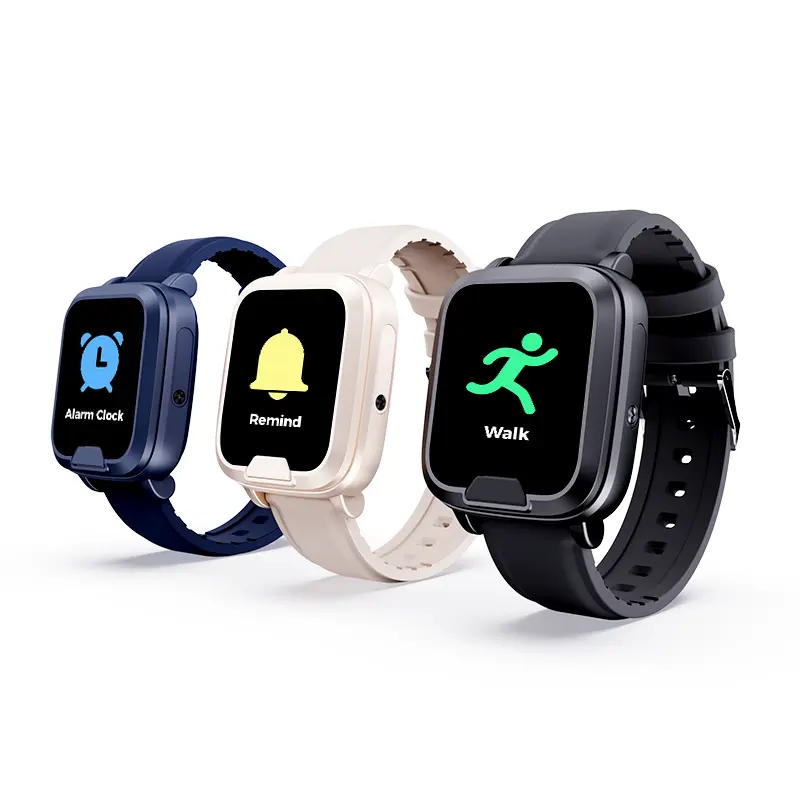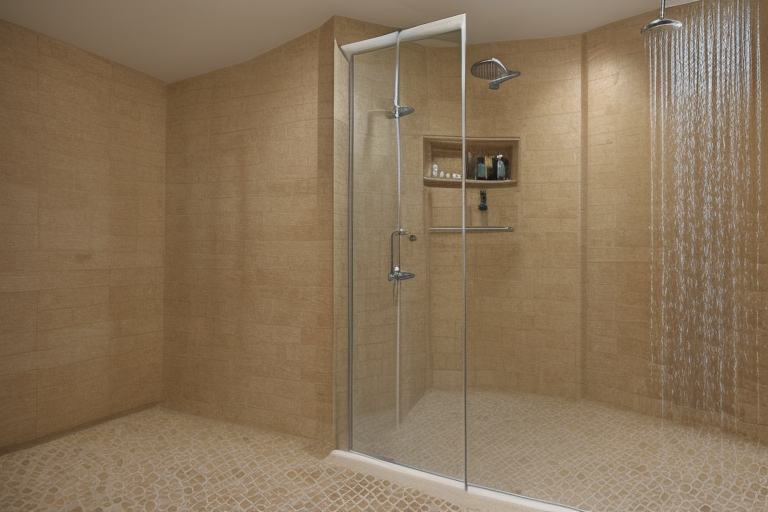Discovering NDIS Low-Cost Assistive Technology Options
NDIS Assistive technology (AT) is an important tool that helps people with disabilities to overcome barriers they might encounter in daily life. AT can include a range of products that are designed to support independence and participation, such as wheelchairs, prosthetics, communication devices, alerting devices, bathroom aids and computer software.
The National Disability Insurance Scheme (NDIS) can provide funding for assistive technology, but it can be difficult to know where to start in terms of finding the right AT products for your needs. In this blog article, we’ll look at the basics of AT and the NDIS, how to assess the risks associated with AT, and what qualifies as a low-cost AT product.
What is Assistive Technology and the NDIS?
Assistive technology is any equipment or device that can be used to enhance, maintain, or improve the functional capabilities of individuals with disabilities. AT products can assist with mobility, hearing, vision, communication, learning, and daily living activities.
The National Disability Insurance Scheme (NDIS) is a program that provides funding for people with disabilities to access the services and supports they need to live independently. This includes funding for assistive technology products such as wheelchairs, hearing aids, bed alarms, and communication devices.
To be eligible for NDIS funding for AT, the products must meet the reasonable and necessary criteria. AT items that are more appropriately funded by other government services cannot be funded by the NDIS.
If you require assistive technology to help you do things you cannot do because of your disability or to perform tasks more easily and safely, it’s important to discuss your needs with your NDIS planner, local area coordinator, or support coordinator. For detailed information on how to define and fund AT or how to add AT to your plan, please refer to the NDIS Guideline on Assistive Technology.
Comprehending Assistive Technology Risk
When considering assistive technology (AT) products, it is important to consider their suitability, durability, and cost, as well as any associated risks. Healthcare professionals should be consulted before purchasing AT products, as some may have health and safety risks that can potentially cause harm or worsen a person’s condition.
AT products range from simple products to complex systems, and it is always recommended to seek advice from an AT advisor to determine the most appropriate solution for individual needs. The National Disability Insurance Scheme (NDIS) requires individuals to seek AT advice before obtaining higher-risk AT products.
Two risk categories, ‘low’ and ‘higher,’ are used to assess the complexity of an individual’s AT needs. Low-risk AT products are unlikely to cause harm in day-to-day life, can be purchased in retail stores or available for trial, and are easy to set up and use safely without professional advice. On the other hand, higher-risk AT products, such as power wheelchairs, may be complex, known to have caused harm, used for restrictive practices, and require professional advice, setup, or training for safe use.
For a detailed explanation of the different risk levels of AT, refer to the assistive technology product risk table, which will help determine the minimum level of advice and support required when choosing AT products.
Low, Mid, and High-Cost AT Options
It is important to take into account the cost of assistive technology (AT) products, which can vary based on the product type and features. AT products range from low-cost items to high-cost items. Low-cost AT products, which cost less than $1500 and do not require a prescription, are generally accessible to purchase. Mid-cost AT products, which cost between $1500 and $15,000, may require a prescription. High-cost AT products, which cost more than $15,000, almost always require a prescription.
It is recommended to get advice from an AT assessor to ensure that individuals receive the right AT products that meet their needs. Some AT products are best to buy, while others may be better to rent or borrow, particularly if an individual’s needs are likely to change. Providers may also offer “trial to buy” arrangements.
The National Disability Insurance Scheme (NDIS) has different processes for low, mid, and high-cost AT, and individuals can learn more about these categories and the funding allocation for them in the “How do we consider the cost of the assistive technology” section of the guideline. The “Assistive technology – Guide for low-cost support funding” provides information on the amount of funding required to purchase low-cost AT. Similarly, the “Assistive technology – Guide for minor trial and rental funding” outlines the funding for minor trial or short-term rental of AT products.
Low Cost AT
Low-cost AT products are available for people who need AT but may not have the funds to purchase more expensive products. Low-cost AT includes a range of products that can be used to support a person’s independence and participation, such as wheelchairs, hearing aids, communication devices, and computer software. Low-cost AT products can be purchased without a prescription, making them an affordable option for those who need AT but cannot afford more expensive products.
NDIS Core Supports Assistive Technology
The NDIS provides funding for Core Supports, which can be used to purchase AT products. Core Supports are designed to help people with disabilities to live as independently as possible and can be used to purchase AT products that are necessary to support a person’s independence and participation. The NDIS also provides funding for AT products that are not covered by Core Supports, such as high-cost items.
Paying for Low Cost AT with your NDIS Funds
The NDIS provides funding for AT products that are necessary to support a person’s independence and participation. People with disabilities can use their NDIS funds to purchase low-cost AT products that are not covered by Core Supports. It is important to remember that the NDIS does not cover the cost of AT products that are not necessary to support a person’s independence and participation.
Low-Priced Assistive Technology Examples
Low-cost AT products can include a wide range of items to help people with disabilities perform daily activities with ease and independence. Some examples of low-cost AT products include:
Wheelchairs:
Manual wheelchairs are an affordable option that can help people with disabilities to remain mobile. They can be purchased without a prescription and are easy to use.
Hearing Aids:
Hearing aids are a low-cost AT product that can help people with hearing impairments to participate in activities that involve sound. They can be purchased without a prescription and are an affordable option for those who need AT but cannot afford more expensive products.
Communication Devices:
Communication devices, such as speech-generating devices, can be used to help people with disabilities to communicate with others. They can be purchased without a prescription and are an affordable option for those who need AT but cannot afford more expensive products.
Computer Software:
Computer software can help people with disabilities to use computers more effectively. It is an affordable option for those who need AT but cannot afford more expensive products.
Shower Chairs:
Shower chairs are a low-cost AT product that can help people with disabilities to bathe more safely and independently.
Bathroom Aids:
Bathroom aids, such as raised toilet seats and grab bars, can be purchased without a prescription and are an affordable option for those who need assistance with toileting and other bathroom activities.
Bed Alarms and Alerting Devices:
Bed alarms and alerting devices can help people with disabilities who are at risk of falling or have sleep disorders. They can be purchased without a prescription and are an affordable option.
Seizure Alarms:
Seizure alarms can alert caregivers or loved ones of an individual experiencing a seizure. They can be purchased without a prescription and are an affordable option.
4G Safe-Life Personal Alarms:
These personal alarms can be used to alert emergency services or family members in case of an emergency or duress. It is an affordable option for those who need a reliable alarm system.
Finding Low Cost Assistive Technology Options via the NDIS
The NDIS provides funding for AT products that are necessary to support a person’s independence and participation. People with disabilities can use their NDIS funds to purchase low-cost AT products that are not covered by Core Supports. It is important to remember that the NDIS does not cover the cost of AT products that are not necessary to support a person’s independence and participation.
When considering AT products, it is important to consider the risks associated with the product and the cost of the AT product. Low-cost AT products can be purchased without a prescription, making them an affordable option for those who need AT but cannot afford more expensive products. Safe-Life is an online store that offers low-cost AT products for people with disabilities.
Accessing Additional Features and Funding Sources for Assistive Technology
If you require features or services that are not considered reasonable and necessary supports under your NDIS plan, you may have to use your personal funds or explore other funding options, such as Job Access. Additionally, if you need the same or similar assistive technology (AT) for multiple purposes and locations, it is recommended to consult with your planner, local area coordinator or support coordinator to discuss your needs.
Which Low Cost AT Products You Can Get Through Safe-Life
Safe-Life is an online store that offers low-cost AT products for people with disabilities. Safe-Life offers a range of AT products that are designed to support a person’s independence and participation. The products offered by Safe-Life are affordable and can be purchased without a prescription.
Some examples of low-cost AT products that can be purchased through Safe-Life include bed sensors, floor sensors, PIR sensor beams, seizure alarms, 4G GPS personal alarms, bathroom aids, and chair sensors. These products can provide additional support and safety for people with disabilities in their daily lives, and can be a cost-effective option for those who may not have access to more expensive AT products.
Managing Payment for Low-Cost AT Products Using Your NDIS Funds
How you can pay for low-cost AT products with your NDIS funds depends on how you choose to manage this section of your NDIS plan.
Self-Managed
If you have opted for self-management of your NDIS plan, you can buy low-cost AT products from any provider, registered or unregistered, and claim the purchase through the myplace portal.
Plan-Managed
If you have a plan manager, you can purchase low-cost AT products from registered or unregistered providers. Your plan manager will pay the provider from your NDIS funds.
Agency-Managed
If your NDIS plan is agency-managed, you can only purchase low-cost AT products from NDIS registered providers. Additionally, you need to create a service booking for each purchase.
Conclusion
Assistive technology is an important tool that helps people with disabilities to overcome barriers they might encounter in daily life. The NDIS provides funding for AT products that are necessary to support a person’s independence and participation. Low-cost AT products are available for those who need AT but cannot afford more expensive products.
If you’re looking for low-cost assistive technology options, we have a range of products to suit your needs. View our product to explore our range of low-cost assistive technology products.
The NDIS provides funding for AT products that are necessary to support a person’s independence and participation. By understanding the risks associated with AT, assessing your needs, and comparing prices, you can find the right AT products to suit your needs.
The NDIS and Safe-Life are great resources for those looking for low-cost assistive technology options. Explore our range of products today and find the right AT products to suit your needs.










